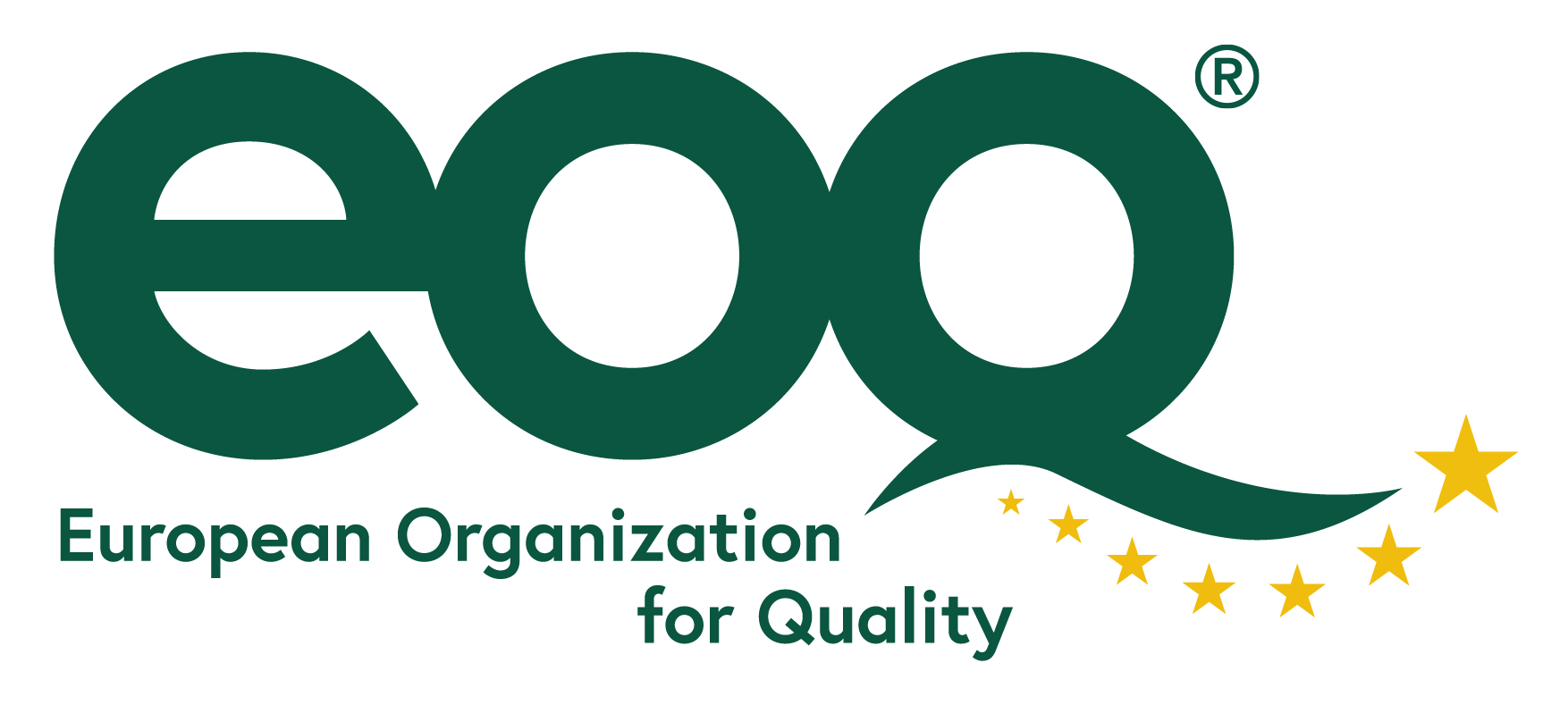First ISO meeting confirms planned direction of the 9001 revision
At their first meeting on the occasion of the revision of ISO 9001, the responsible working group of the ISO TC 176 committee responsible for quality management confirmed the planned goals and the scope of the revision. The previously written “design specification” for the project, which outlines the scope of the revision, was confirmed as a guide. The document is based on various survey results and future studies collected in recent years.
The meeting took place from December 4th to 8th at the British Standards Institution in London.
“The focus of the meeting was on assessing the relevance of the so-called ‘emerging themes’, which were identified as potentially significant developments before the revision,” reports Thomas Votsmeier, head of standardization at the DGQ and EOQ Representative at TC 176. “This includes current effects in the wake of global changes – including, for example, ESG aspects – as well as changes in QM application and the use of new technologies.” Corresponding requests for interpretation from previous years were viewed and evaluated at the meeting.
In addition, the standardization representatives present held initial discussions about differentiating the concepts of risks and opportunities, as provided as input in the revision. Formulations with regard to documentation requirements and the understanding of the integration of a quality management system into the management of the overall organization were also discussed.
the next steps
After an intensive round of discussions, the responsible standardization experts now create a first internal draft for the revised ISO 9001 – the so-called working draft – and distribute it for comment within the working group. Processing the collected comments will then be on the agenda in February 2024.
When the 9001 revision was announced, ISO had already announced that the quality management system standard would not undergo any fundamental changes. Rather, it is about adapting to the “Harmonized Structure” as a framework for all ISO management system standards and developing guidelines to clarify requirements in the appendix or in the form of so-called “notes”. This also means that the appendix to the standard should be expanded with a view to avoiding misinterpretations.
Background: Parallel revisions of standards
In parallel with ISO 9001, the quality management standard ISO 9000 is also being revised. Against this background, the corresponding working group of TC 176 SC 1 is considering adapting the QM principles and introducing new or changed definitions. Here too, the possible reconceptualization of the concept of risk plays a major role. The results of both revisions are coordinated.
The ambitious project plan calls for the publication of the new standard in December 2025. The revision of ISO 9000 and ISO 9001 is being created as a pilot project using a new “online development tool” – an entry into the digitalization of ISO standards.
Dealing with risks and opportunities:
In December 2023, the revision of the quality management standards ISO 9000 and 9001 began with participation of EOQ nominated experts. Initial drafts of concepts and terminological additions are available and will be widely discussed over the next few weeks. The schedule is ambitious, as a first draft of the revised versions should be available in April with the “Committee Draft”.
Against the background of the revisions, the discussion about a possible revision of the risk concept and thus the handling of “risks and opportunities” has become more important. Standardization expert Prof. Dr. Patricia Adam, who, alongside Thomas Votsmeier, Head of Standardization DGQ, was nominated via the EOQ as an active expert for the newly founded ISO working group TC 176/SC 1/WG 2 and is involved in the revision of the 9000, explains: “Together with In this round, I worked intensively with experts from Israel, Canada, Mexico, Pakistan and the USA on the handling and conception of risk-based thinking. Excitingly, after initial difficulties, we quickly agreed: looking at opportunities is far too short in practice, but in the current environment – keyword: VUCA world – it is just as important as looking at risks.” In search of the reason On the one hand, one came to the realization that the perspectives with regard to risks and opportunities are very different and that the practical handling of risks and opportunities cannot be done in the same way. At the same time, however, significant improvements in the identification and management of risks and opportunities in organizations could be achieved through both approaches.
Already in November 2022, Prof. Dr. Adam has been nominated for the EOQ as a liaison member of the ISO working group TC 176 Task Group 4 “Emerging Trends in Quality, Ad Hoc Group Risk”, whose work on the concept of risk will now become relevant in the course of the revisions.
“Risk Concept Paper” is taken into account during revisions
From the above-mentioned considerations, a “Risk Concept Paper” was created in the responsible task group, which was adopted internally within ISO as input for the revisions of ISO 9000 and 9001: Based on changes in the context of the organization, it describes risk-based thinking opportunity-based thinking. The authors also propose decoupling the two concepts and incorporating opportunity-based thinking into the revision of ISO 9000 and 9001. This paper has now found its way into the “Design Specification” for the revision of ISO 9000 and 9001. It remains to be seen whether this concept will prevail and be included in the new versions of the standards. There are currently both strong supporters and clear opponents.
A contribution by Thomas Votsmeier, based on DGQ news on the DGQ hompage

